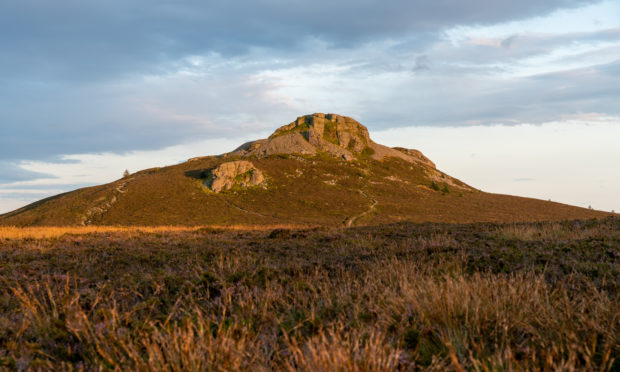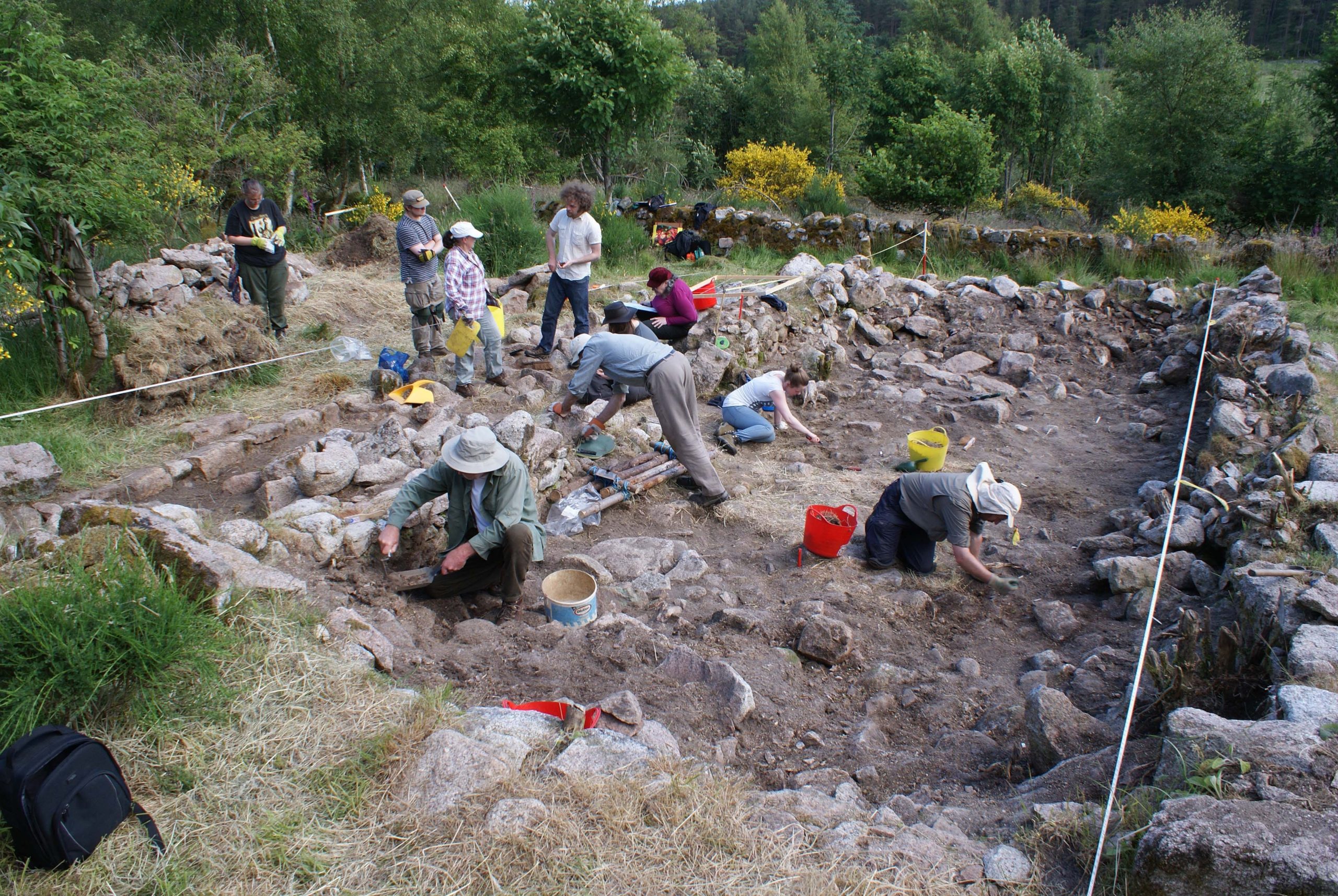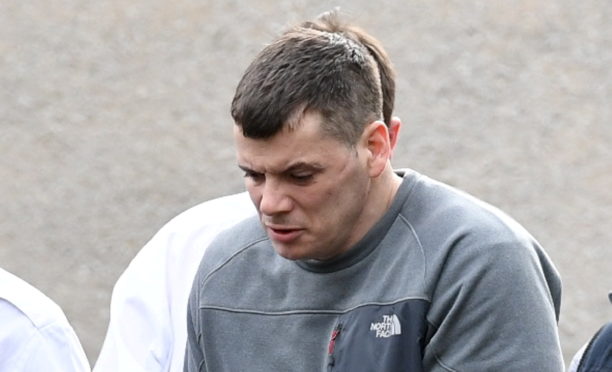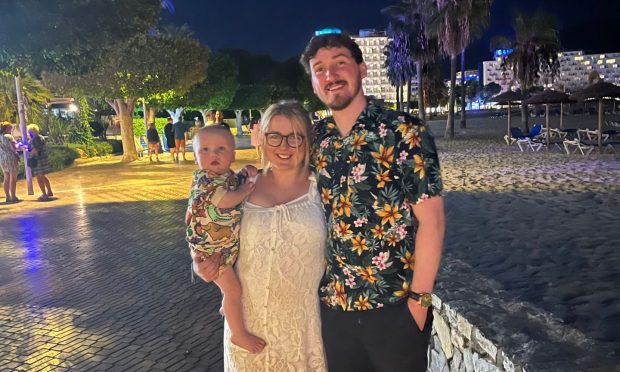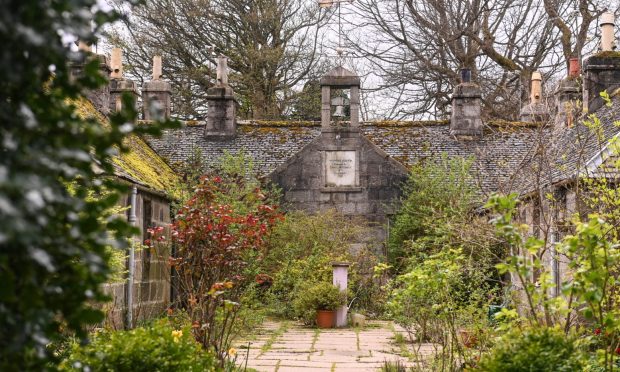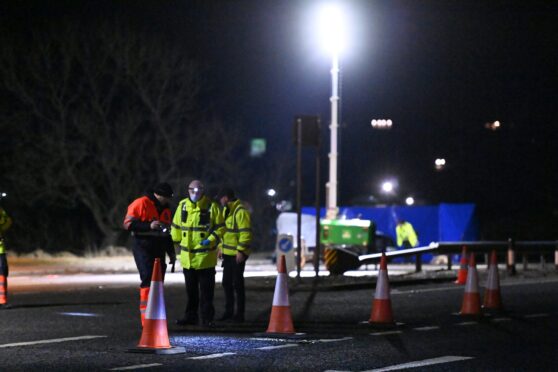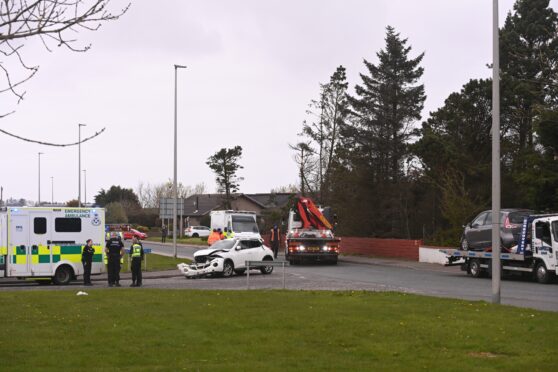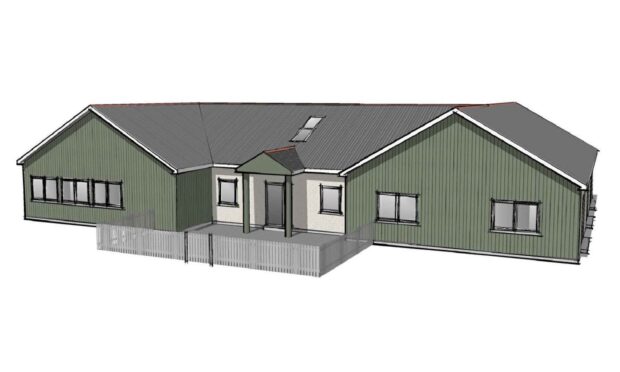A few moss covered stones beside the path from the Bennachie Visitor Centre to the Mither Tap form the starting point for discovering the history of the Colonists.
The hidden history of those who once called the hills home is being explored by the Bailies of Bennachie as part of the virtual Scottish Archaeology Month this month.
The story will be told through a four-part presentation looking at what was known before investigations began, the excavations undertaken of the colony houses, family histories and what happened next to the Colonists and the area.
Bailies trustee, Dave Peter, said: “The Colonists were mostly farm workers in the late eighteenth and early nineteenth century who were being forced off farms by changing agricultural practices.
“They chose to move to the commonty land on the lower slopes of the hill.
“There they built their houses, cleared the land for animals and crops, grew gardens, quarried rock and eked out a living from the land.
“When the commonty was divided between neighbouring landlords in 1859, the Colonists found themselves due to pay rent.
“Many left Bennachie and their story was almost forgotten.
“These presentations show how the Bailies have discovered more about their lives and times and the fascinating history of this group of people who made their lives on Bennachie.”
Updates will be posted on the group’s website and Facebook page throughout the month.
The first presentation shows how patterns of stones led to the mapping of the Colonists’ houses.
The next three parts will be released on a weekly basis.
Mr Peter added: “This is a history of struggle against the elements and poverty and I am delighted to be a part of telling it in a new way for Scottish archaeology month.
“As an amateur archaeologist, I find it exciting how the human history has arisen from the stones people left behind.”
